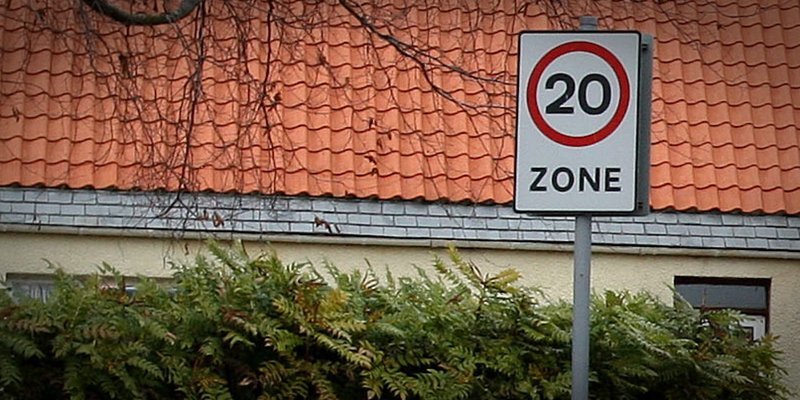A comprehensive review of Fife’s roads has found speed limits on most local routes are “appropriate” but motorists are being reminded limits should not be seen as “target” speeds.
A review of all A and B non-trunk roads analysed crash rate data to investigate whether a lower limit should be implemented in some areas. Trunk roads are being reviewed separately by Transport Scotland.
A local authority spokesman said the study was instigated at the behest of the Scottish Government.
“All local authorities in Scotland are required to complete this review and report the results to the government by the end of 2011,” he said. “The review found that the majority of A and B class non-trunk roads in Fife have the appropriate speed limit in accordance with Scottish Government guidance.”
He added, “The review follows the guidance that speed limits should balance the need to travel with the need to improve quality of life and reinforce what is a safe speed to travel. They should not be seen by drivers as being a target speed at which to drive in all circumstances.”
Council officials were keen to stress that speed mitigation measures would be investigated for sensitive locations prior to any lowering of the limit.
The spokesman said, “The review uses crash rate analysis to identify sections of road with a higher proportion of accidents occurring in relation to the number of vehicles using them, and recommends investigation into engineering interventions such as additional signage and anti-skid surfacing to reduce the number of accidents.
“Where extra signage or other engineering measures have already been provided and there continues to be a high proportion of accidents, a lower speed limit may be considered appropriate. Any changes to speed limits will be submitted to the relevant area committee for approval.”
The council has pledged to “monitor and evaluate” any areas where a reduced limit is implemented to assess whether or not it helps.
Environment, enterprise and transportation committee chairman Councillor Tony Martin said, “I welcome the results of this significant review into Fife’s roads. It was reassuring to confirm that the majority of speed limits on our A- and B-class roads already conform to the Scottish Government guidance.”
